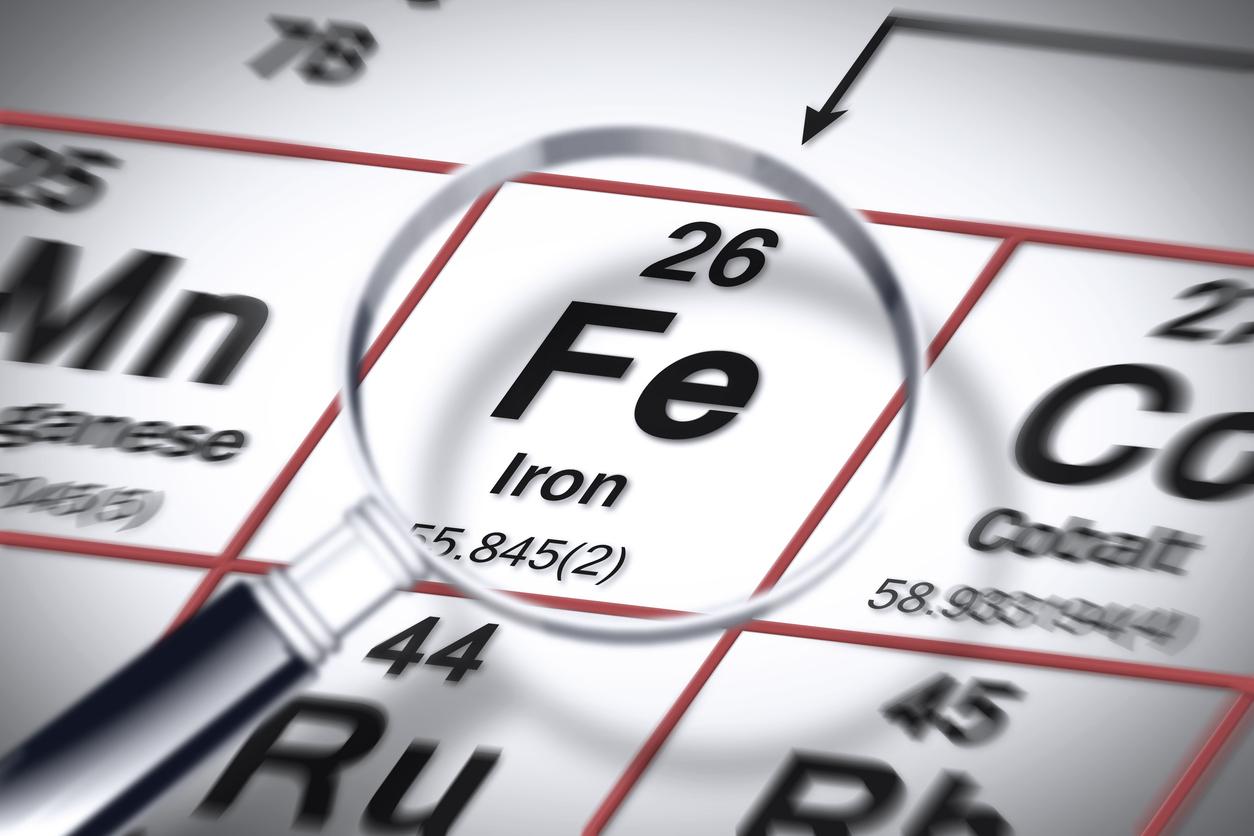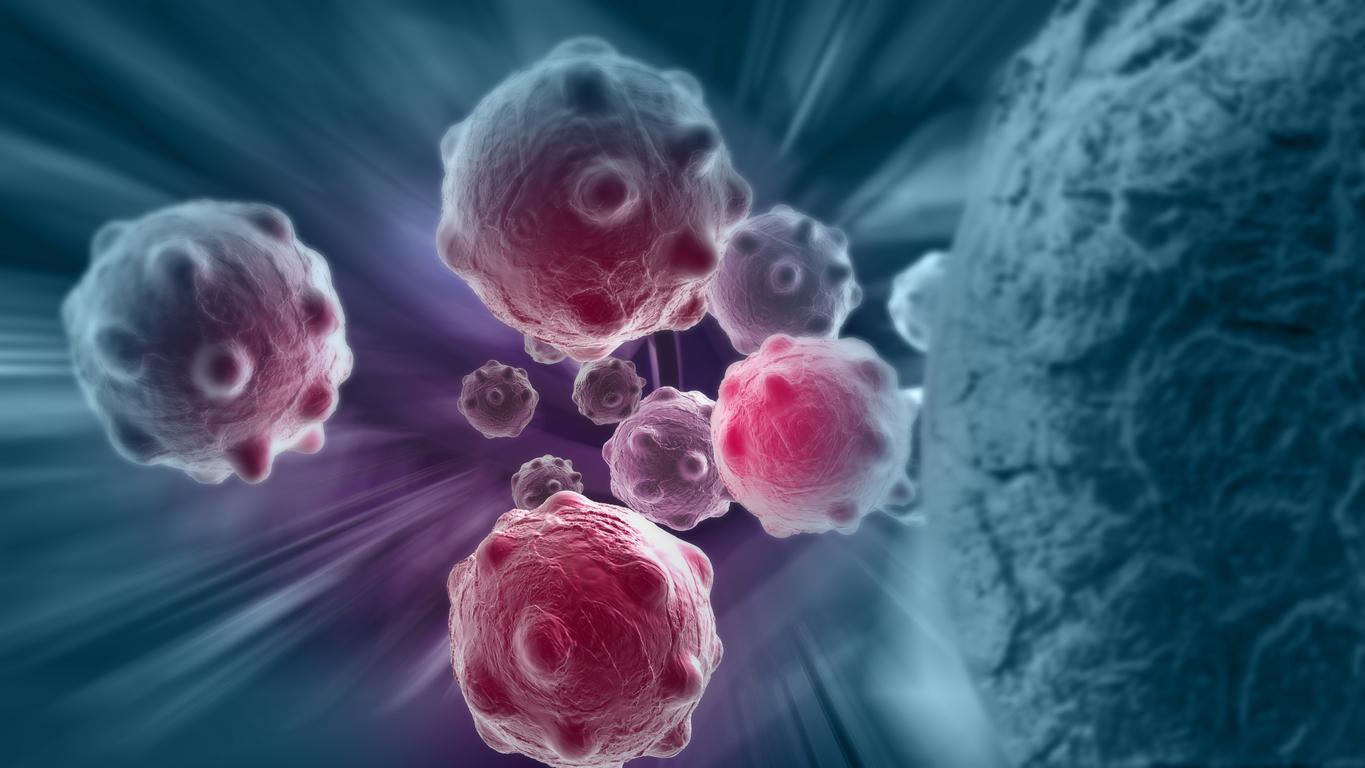People with headaches after a concussion may be more likely to have higher iron levels in certain areas of the brain.

- In the study, volunteers with a history of concussion and headaches had higher levels of iron accumulation in the brain.
- The brain areas affected were the left occipital region, the right cerebellum and the right temporal lobe.
- “Iron accumulation may affect the way areas of the brain interact with each other,” according to the authors.
A concussion is an alteration in the functioning of the brain caused by head trauma, that is to say a direct or indirect shock to the skull, face, neck or body. In a recent studyresearchers from the Mayo Clinic in Phoenix (United States) have identified an accumulation of iron in the brain after damage to brain cells.
16% of participants had five or more mild head injuries
To reach this conclusion, they recruited 60 adults suffering from post-traumatic headaches due to mild head trauma or concussion. The injuries were due to a fall for 45% of the volunteers, 30% to a car accident and 12% to a fight. The causes were head impact against or by an object and sports injuries. In total, 46% of people have had a mild head injury in their lifetime, 17% have had two, 16% have had three, 5% have had four, and 16% have had five or more mild head injuries .
The data from these participants was compared to that of healthy people who had not had a concussion or post-traumatic headache. All volunteers took brain scans to examine iron levels in various areas of the brain, using an indirect measure of iron load. For patients with mild head injuries, examinations were performed on average 25 days after the injury.
Iron: elevated levels in the brains of patients with concussion
According to the results, which will be presented during the 76e American Academy of Neurology meeting in April in Denver, adults with a history of concussion and headaches had higher levels of iron accumulation in several areas of the brain, including the left occipital region, the cerebellum right and the right temporal lobe. The authors also observed that the more concussions people had in their lifetime and the more frequent their headaches, the more likely they were to have high levels of iron accumulation in certain areas of the brain. They also found that the more time had passed since the concussion, the more likely people were to have high levels of iron accumulation in certain brain regions.
“Iron accumulation can affect the way areas of the brain interact with each other”
“Present research has shown that iron accumulation can affect the way areas of the brain interact with each other. (…) These results suggest that iron accumulation in the brain can be used as a biomarker for concussions and injuries. “post-traumatic headaches, which could potentially help us understand the underlying processes that occur in these conditions,” said Simona Nikolova, lead author of the study.
In its conclusions, the team states that since the study used an indirect measure of iron load, it is possible that the change in this measure was due to other factors, such as hemorrhage or changes in water from the tissues, rather than an accumulation of iron.















